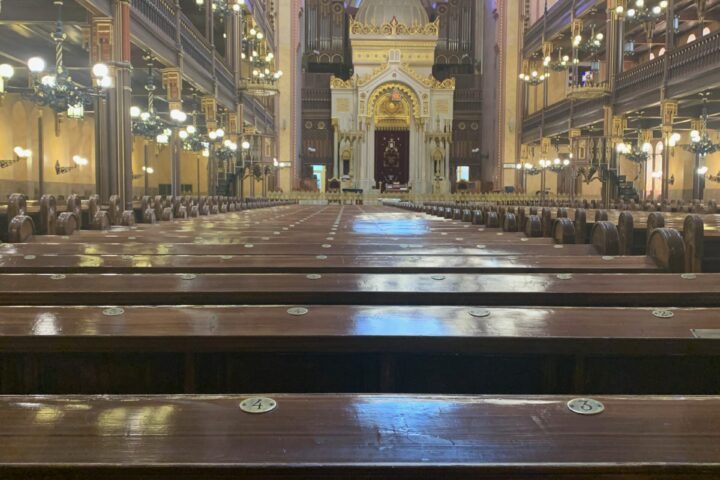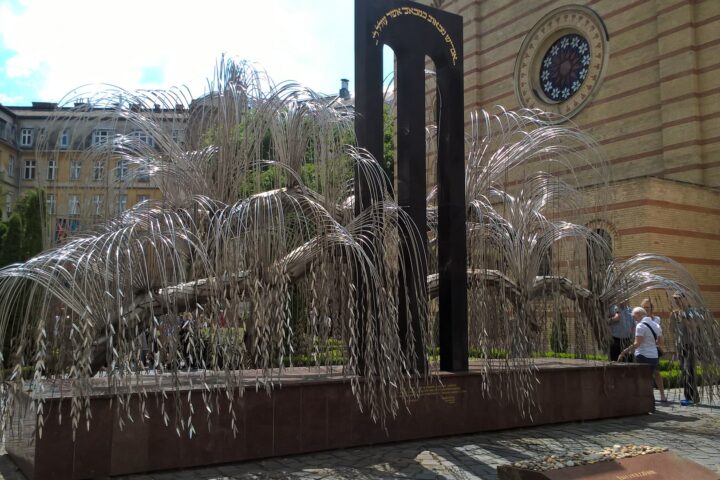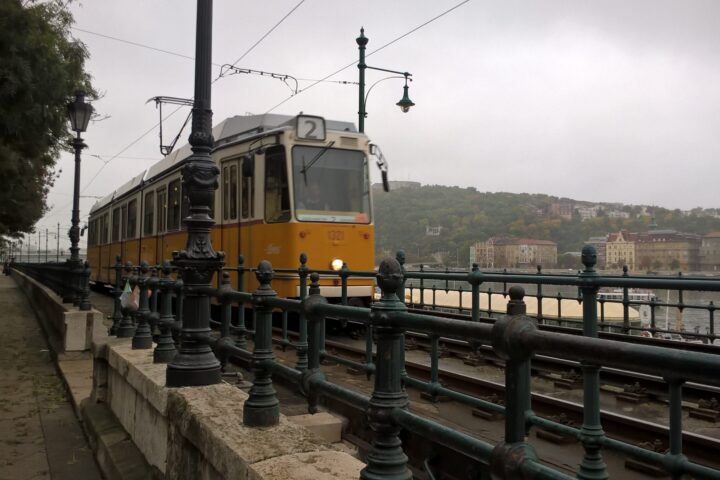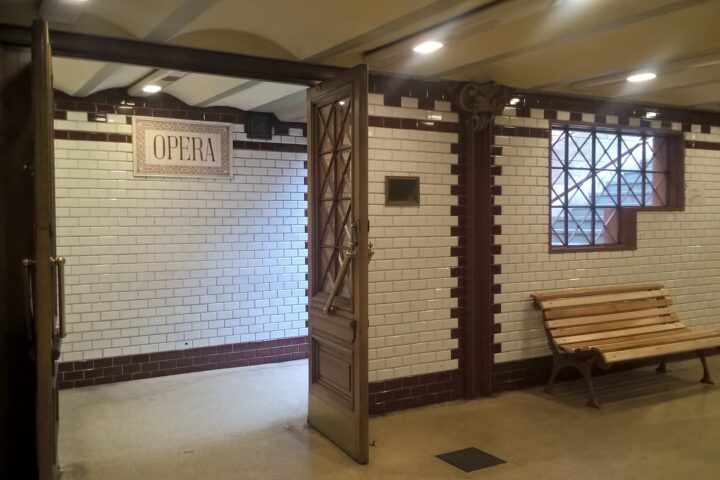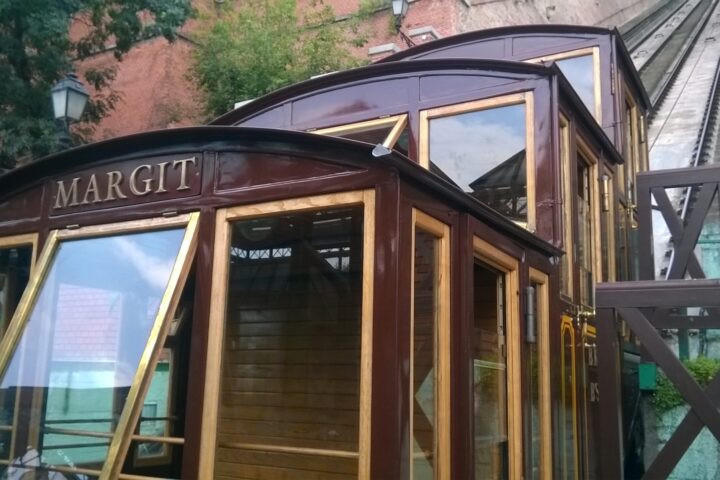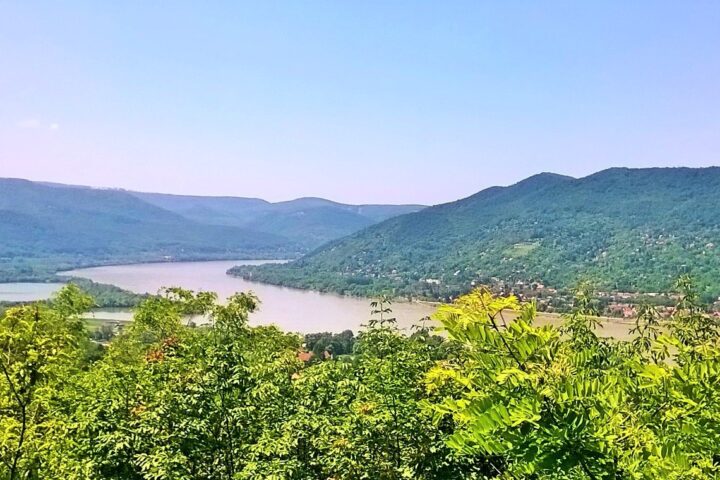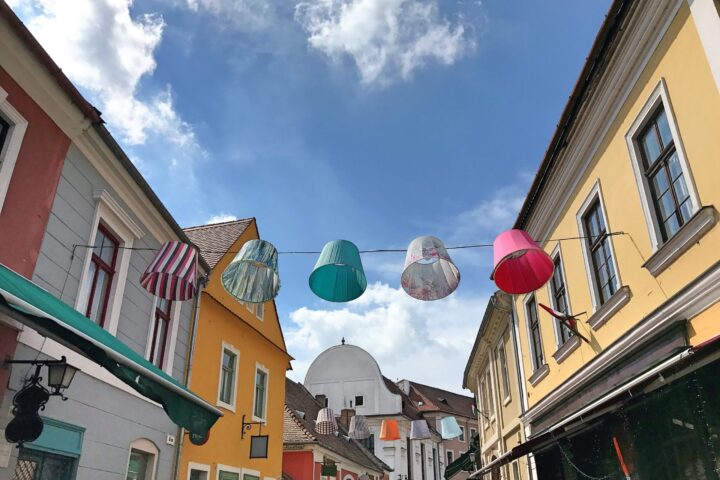The Eger region's wine culture has a history of over a thousand years, and essentially it has always determined the life of the local people. The most recognized red wine of the region is the Bull's Blood ("Bikavér") but white wine is also produced due to the favorable environment. The climate is characterized by relatively late spring and is rather dry. The soil is varied, the most typical is brown forest soil covering volcanic rhyolite tuff. By the beginning of the Communist era, as a result of nationalization quality production got replaced by quantity production and led to producing unpretentious wines. Because of the terribly poor quality of the wines both domestic and international reputation declined considerably. By the end of the 1970's the Eger wines became in fact high acid, often bitter and astringent, even dilute. The renaissance of the region's wines and wine production started in the mid-1990's and it's time to be very proud of them, again. One of the best-known Hungarian wine brands is the Bull's Blood of Eger. It 's medium-bodied and is characterized by a deep ruby color with relatively high acidity. Its smoothness is due to the extended ageing (12 months) in oak barrels. Bull's Blood is a cuvée, and officially it has to contain at least three different grapes. As for the local whites, one can taste a great variety of Riesling, Chardonnay, Muscat Ottonel, Traminer, and Zenit wines. Book an "Eger and wine tour by car" with me if you're interested in taking a walk around the vineyards, talking to local farmers and winemakers and learning about all the secrets of the magical Bull's Blood!
The Eger region’s wine culture has a history of over a thousand years, and essentially it has always determined the life of the local people. The most recognized red wine of the region is the Bull’s Blood (“Bikavér”) but white wine is also produced due to the favorable environment.
The climate is characterized by relatively late spring and is rather dry. The soil is varied, the most typical is brown forest soil covering volcanic rhyolite tuff.
By the beginning of the Communist era, as a result of nationalization quality production got replaced by quantity production and led to producing unpretentious wines. Because of the terribly poor quality of the wines both domestic and international reputation declined considerably. By the end of the 1970’s the Eger wines became in fact high acid, often bitter and astringent, even dilute. The renaissance of the region’s wines and wine production started in the mid-1990’s and it’s time to be very proud of them, again.
One of the best-known Hungarian wine brands is the Bull’s Blood of Eger. It ‘s medium-bodied and is characterized by a deep ruby color with relatively high acidity. Its smoothness is due to the extended ageing (12 months) in oak barrels. Bull’s Blood is a cuvée, and officially it has to contain at least three different grapes.
As for the local whites, one can taste a great variety of Riesling, Chardonnay, Muscat Ottonel, Traminer, and Zenit wines.
Book an “Eger and wine tour by car” with me if you’re interested in taking a walk around the vineyards, talking to local farmers and winemakers and learning about all the secrets of the magical Bull’s Blood!
